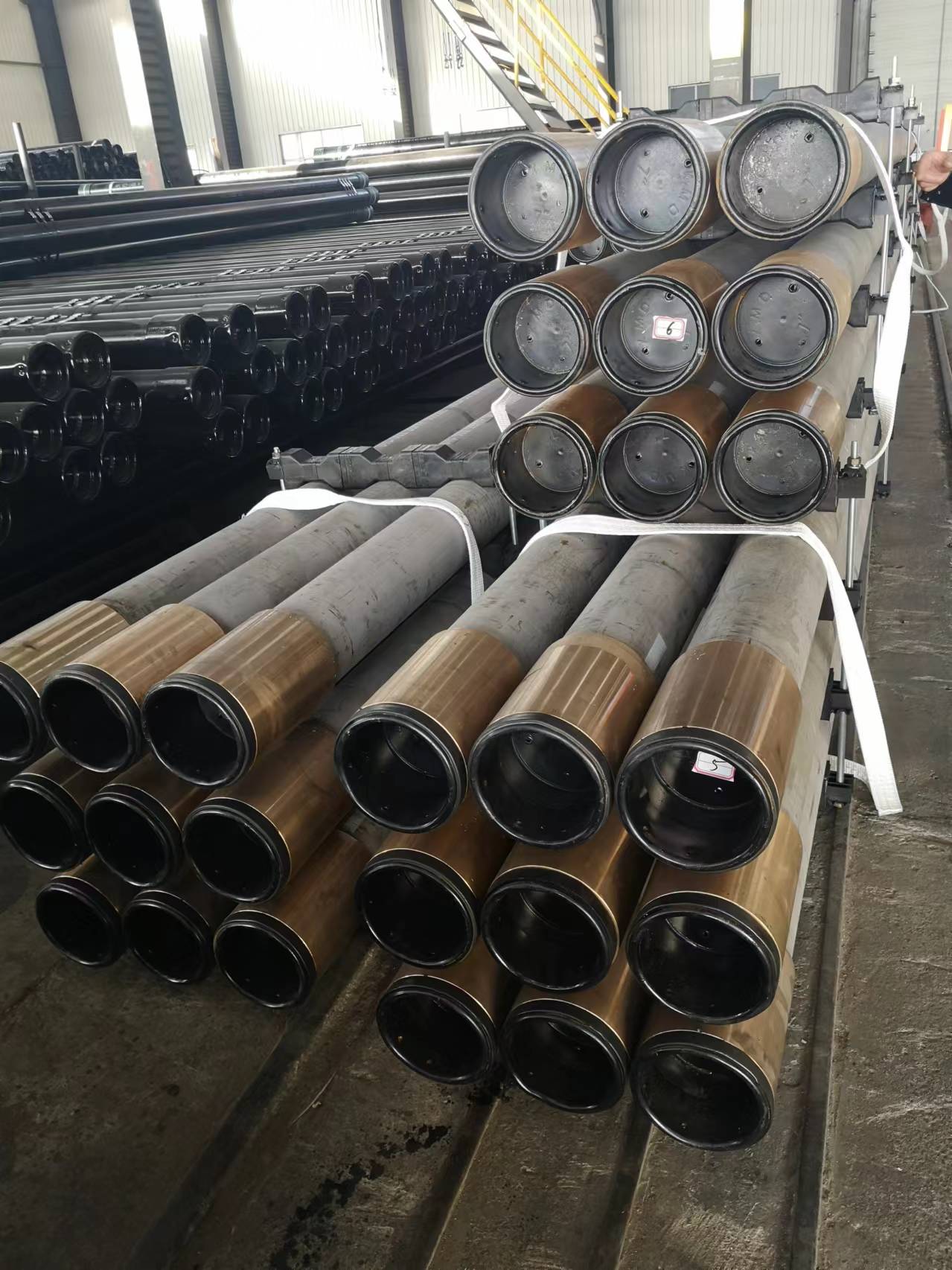- Afrikaans
- Albanian
- Amharic
- Arabic
- Armenian
- Azerbaijani
- Basque
- Belarusian
- Bengali
- Bosnian
- Bulgarian
- Catalan
- Cebuano
- Corsican
- Croatian
- Czech
- Danish
- Dutch
- English
- Esperanto
- Estonian
- Finnish
- French
- Frisian
- Galician
- Georgian
- German
- Greek
- Gujarati
- Haitian Creole
- hausa
- hawaiian
- Hebrew
- Hindi
- Miao
- Hungarian
- Icelandic
- igbo
- Indonesian
- irish
- Italian
- Japanese
- Javanese
- Kannada
- kazakh
- Khmer
- Rwandese
- Korean
- Kurdish
- Kyrgyz
- Lao
- Latin
- Latvian
- Lithuanian
- Luxembourgish
- Macedonian
- Malgashi
- Malay
- Malayalam
- Maltese
- Maori
- Marathi
- Mongolian
- Myanmar
- Nepali
- Norwegian
- Norwegian
- Occitan
- Pashto
- Persian
- Polish
- Portuguese
- Punjabi
- Romanian
- Russian
- Samoan
- Scottish Gaelic
- Serbian
- Sesotho
- Shona
- Sindhi
- Sinhala
- Slovak
- Slovenian
- Somali
- Spanish
- Sundanese
- Swahili
- Swedish
- Tagalog
- Tajik
- Tamil
- Tatar
- Telugu
- Thai
- Turkish
- Turkmen
- Ukrainian
- Urdu
- Uighur
- Uzbek
- Vietnamese
- Welsh
- Bantu
- Yiddish
- Yoruba
- Zulu
Innovations in Joint Drilling Techniques for Enhanced Efficiency and Performance
Advancements in Pup Joint Drilling Enhancing Efficiency and Safety in Oil and Gas Operations
Pup joints are essential components in the oil and gas industry, particularly in drilling and well completion processes. These short lengths of pipe, typically ranging from 2 to 12 feet, are used to adjust the length of drill strings, casing, or other tubulars during operations. The effective use of pup joints in drilling operations can lead to significant enhancements in efficiency and safety, impacting overall production outcomes positively.
Understanding Pup Joints
Pup joints are categorized based on their unique specifications and the materials used in their manufacture. Made from high-strength steel, these joints are designed to withstand high-pressure environments encountered during drilling. Their primary purpose is to facilitate the connection between various components of the drilling assembly, ensuring that the entire system remains robust and capable of handling the demands of high-performance drilling.
The use of pup joints allows for better management of the drilling process by providing the flexibility needed to adapt to varying wellbore conditions. For example, when drilling deeper or deviated wells, the added length of a pup joint can optimize bit placement, allowing for more accurate drilling and better overall performance.
Efficiency in Drilling Operations
One of the most significant advantages of using pup joints is the enhancement of operational efficiency. In drilling operations, time is money. Hence, minimizing downtime caused by equipment malfunctions or the need to adjust drilling parameters is critical. Pup joints can easily be installed or replaced without requiring extensive equipment changes. This adaptability allows drilling teams to maintain momentum during operations, significantly reducing non-productive time (NPT).
Moreover, pup joints contribute to better weight distribution along the drill string, which is crucial in preventing issues like stuck pipe. By utilizing pup joints strategically, operators can better manage the weight on the drill bit, improving penetration rates and reducing the risk of accidents. Enhanced weight management leads to faster drilling cycles, which is vital for the economic viability of oil and gas projects.
pup joint drilling

Safety Considerations
The oil and gas industry faces numerous safety challenges, particularly during drilling operations. The incorporation of pup joints into drilling systems aligns with safety protocols aimed at minimizing risks associated with equipment failures. By ensuring a more secure and stable connection between tubulars, pup joints can help reduce the likelihood of sudden disconnections or breaks, which could lead to hazardous situations.
Furthermore, pup joints designed with advanced materials and engineering techniques also contribute to overall safety. Many modern pup joints are equipped with features such as thread protection and advanced sealing mechanisms. These innovations not only extend the lifespan of the joints but also minimize the chances of leaks, which can lead to environmental and safety hazards.
Technological Innovations and Future Trends
As the oil and gas industry continues to evolve, so too does the technology surrounding pup joint drilling. Recent advancements include the integration of smart technologies and monitoring systems. These innovations allow for real-time data collection on the performance of pup joints, enabling operators to detect issues early and make informed decisions that enhance both efficiency and safety.
In addition, the push for more sustainable drilling practices has led to the development of eco-friendly pup joints that minimize environmental impact. These developments not only adhere to regulatory standards but also reflect the industry's commitment to sustainability and responsible resource management.
Conclusion
Pup joint drilling represents a crucial aspect of modern oil and gas operations, providing the necessary adaptability and efficiency required in an ever-demanding industry. From improving drilling safety to enhancing operational efficiency, pup joints play a vital role in the success of drilling projects. As technological advancements continue to reshape the industry, the future of pup joint applications looks promising, with innovations ensuring that they remain an integral part of efficient and safe drilling practices. Ultimately, optimally utilizing pup joints will be key in navigating the challenges of the ever-evolving energy landscape, paving the way for more productive and sustainable operations in the oil and gas sector.
-
Tubing Pup Joints: Essential Components for Oil and Gas OperationsNewsJul.10,2025
-
Pup Joints: Essential Components for Reliable Drilling OperationsNewsJul.10,2025
-
Pipe Couplings: Connecting Your World EfficientlyNewsJul.10,2025
-
Mastering Oilfield Operations with Quality Tubing and CasingNewsJul.10,2025
-
High-Quality Casing Couplings for Every NeedNewsJul.10,2025
-
Boost Your Drilling Efficiency with Premium Crossover Tools & Seating NipplesNewsJul.10,2025







